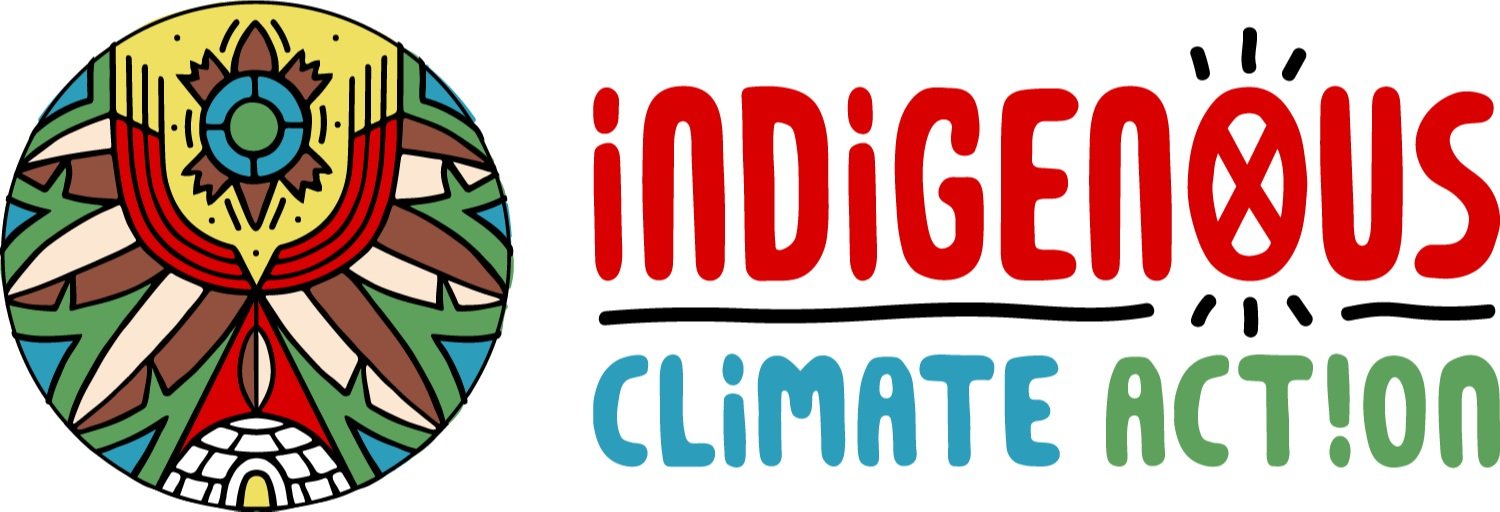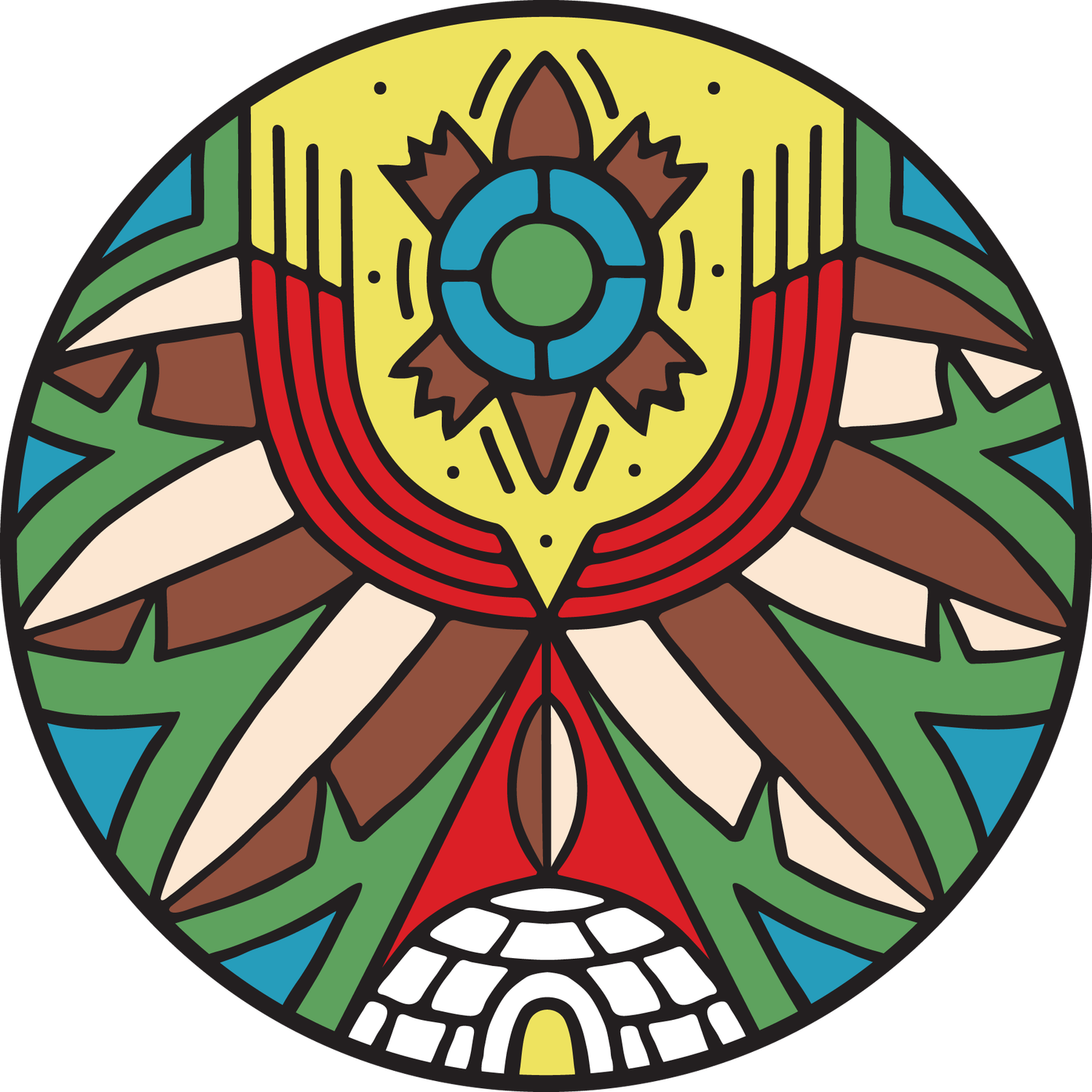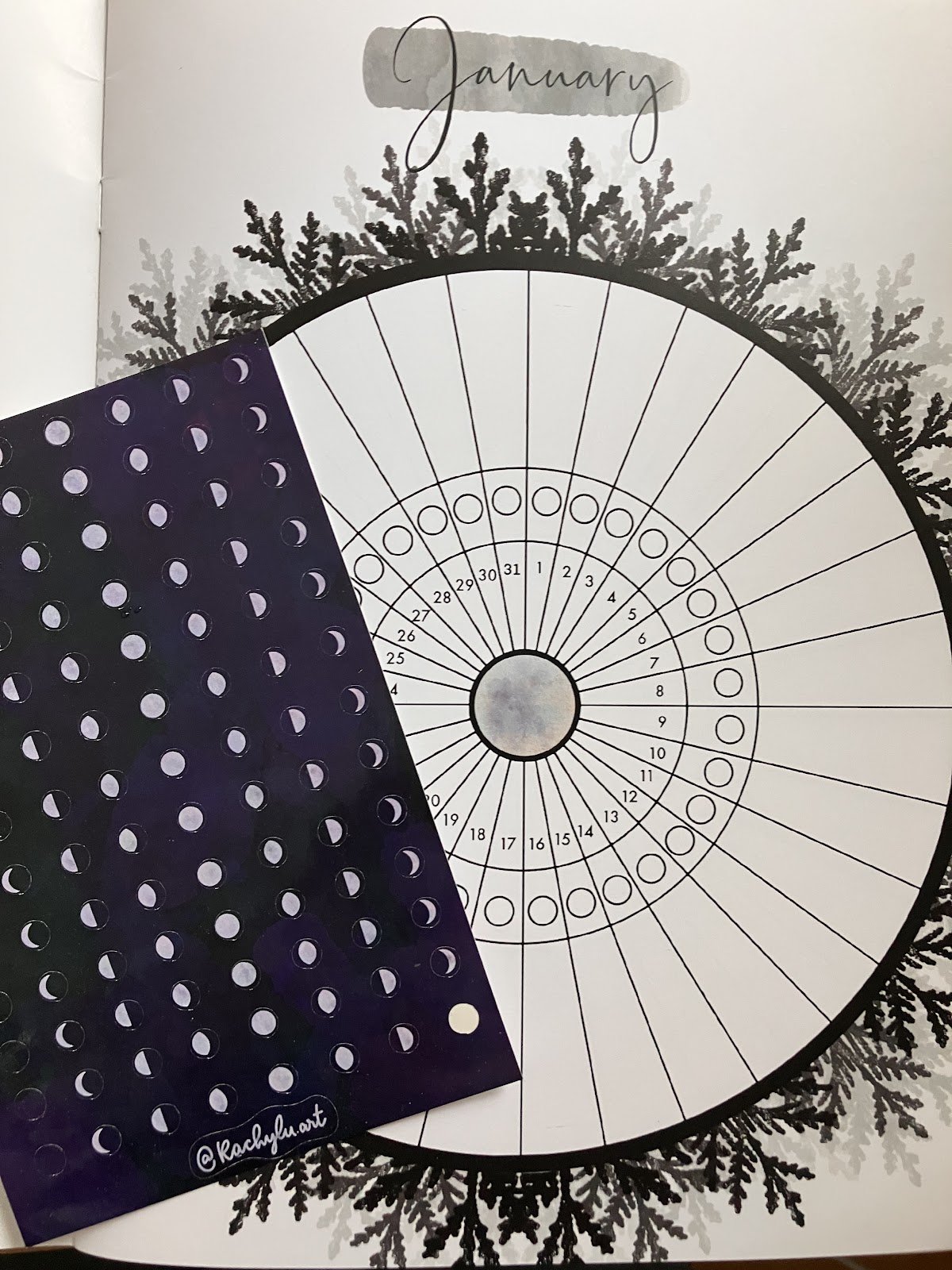Healing Justice Offerings | 2022 Year in Review
Often what is readily apparent within our movements is what is directly in front of us. But what don’t we notice? These spaces that regularly get overlooked are often the same spaces where healing justice lives.
The skills that are built in these overlooked spaces and the embodiment of values that centre collective healing are crucial to sustainable organizing, which is why Indigenous Climate Action (ICA) has been making it a priority to be a healing justice practice space. We have been incorporating healing modalities into our day to day workplace activities and worked with a variety of healing justice (HJ) practitioners this year to continue to grow these practices.
A principle of these HJ offerings included embodied consent which centres the importance of participants choosing what is healing for them, on their own terms. Embodied consent teaches us to take what is beneficial and leave what isn’t behind. We did these sessions as a collective, moving away from individualised processes of wellness.
This year at Indigenous Climate Action, we had opportunities internally to build on the following skills:
Generative Conflict
We leaned into what it means to be in generative conflict with each other, including reflecting on tools that are already part of Indigenous nations that help to address conflict. These sessions had us practise storytelling to increase understanding, active listening, unlearning dichotomous (binary) thinking, understanding our place in a just transition, and identifying and honouring our own boundaries.
"The Diné teachings of the 12-sided crystal as a metaphor for understanding multi-perspectives and unlearning dichotomous thinking has been an incredible gift for holding space within issues of conflict - both within myself and with others in movement spaces. It is very inspiring to be part of growth that allows us to address areas of tension with conflict resolution capacities to bring us closer together with a sense of our shared humanity." - ICA Staff
Moonstruation/Menstrual Cycle Awareness
Moon Chart
Tracking tool to observe moon phases along menstruation rhythms.
Two moonstruation sessions were offered by a birth worker. These sessions provided an opportunity to understand the cycles within us and connect them to climate justice work both individually and collectively. The overall goal was to build the skill of checking in with ourselves more frequently, whether checking in includes tracking cervical mucus, the ebbs and flows of energy levels, pain levels, and/or mental health.
Session 1: Introductory session to moonstruation (menstruation), menstrual cycle awareness, and the fertility awareness method (FAM).
Session 2: discuss the cycles within us as they relate to the cycles in our lives and how we can take actionable steps towards self and community care.
Cycle tracking is an opportunity to check-in more frequently with your body and notice changes. Cycle tracking was broadly discussed as an HJ method within these sessions to be more than exclusively a component of FAM, which includes monitoring basal body temperature, cervical mucus, and cervical position to track one’s fertility. Cycle tracking can also include observing one’s mental health, nervous system, pain levels, Indigenous moontime phases, traditional foods, cycles on the land, and changes in seasons.
“Learning about cycle tracking was so helpful and affirmative! I feel more empowered to appreciate how cycles impact not only our bodies but our work at ICA. As an organization striving to restore balance in relationships, I felt the moonstration training provided me with an understanding of the many cycles that weave together through and within all our relationships, whether it be with the land, the work, our bodies, or each other.” - Breanne
Cycle Tracking App
Considering how these moonstruation cycles can overlap with our work at ICA and increasing the potential to work with these cycles was key to this offering. Staff also had the opportunity to receive reusable menstrual products and moontime journals from an Indigenous midwife.
Introduction to the Nervous System
We had two sessions on the autonomic nervous system (ANS). They included an introduction to the nervous system, starting with the survival states (mobilise & collapse) and a second session which explored embodied safety. Team members were encouraged to notice when they may be in a state of mobilisation, collapse and/or safety. These sessions were offered prior to COP27 / COP15 to help provide participants with an opportunity to notice their nervous system prior to, during, and after COP27.
Many of the events, actions, campaigns, and spaces for Indigenous people involved in climate organizing can be activating for our nervous systems. It can be helpful to increase awareness of our bodies throughout the cycles of organizing, including recognizing when they are activated, and how to access safety.
This training was my first time learning about the nervous system and how to use ANS charts. It has been a strong and important tool for me as I have been learning and practicing how to assert and hold boundaries. Using language around how I experience things within my nervous system was really helpful, especially in moments leading up to, during, and post COP27.” - Breanne
Supported Debriefing
We worked with an Indigenous counselling team to help support post-event debriefs after COP27. We were reminded by a healing justice practitioner that our communities have always had layers of support. Climate justice organizing can and should be supported by these circles of support, which can include Elders, adults, youth, children & Two Spirit people. These layers of support help to process key events, moments of high nervous system activation, and working together as communities and nations. These layers of support can be there to assist when there are ruptures, losses, and set-backs in climate gains, and to celebrate and uplift successes in climate movement spaces.
“While I felt reluctant going into the first debrief session, it was incredibly impactful to my grounding and transition back home following COP27. Working from home following a long work trip can feel isolating, having the opportunity to name and unpack some of those key moments with the ICA team and the counselling team helped me feel supported while transitioning back to my personal and work life.” - ICA Staff
Challenges in Implementation/Learnings
Of course, Healing Justice practice spaces come with challenges and learnings. Not all HJ offerings are easily implemented. We are constantly learning as we work to build these offerings both internally and externally.
We had initially planned to have individual virtual counselling sessions available for ICA’s Away team while they were attending COP27 in Egypt. However, internet availability was limited, and it was a challenge for folks to access sessions in these fast-paced environments. We found that group debrief sessions following COP27 were more realistic and allowed for folks to collectively process.
Making a Healing Justice Practice Space
If you want to learn more about healing justice, check out our Healing Justice Pathway.
Perhaps these healing justice initiatives at ICA resonate with your organizing efforts. What Healing Justice offerings may you want to implement this year?




